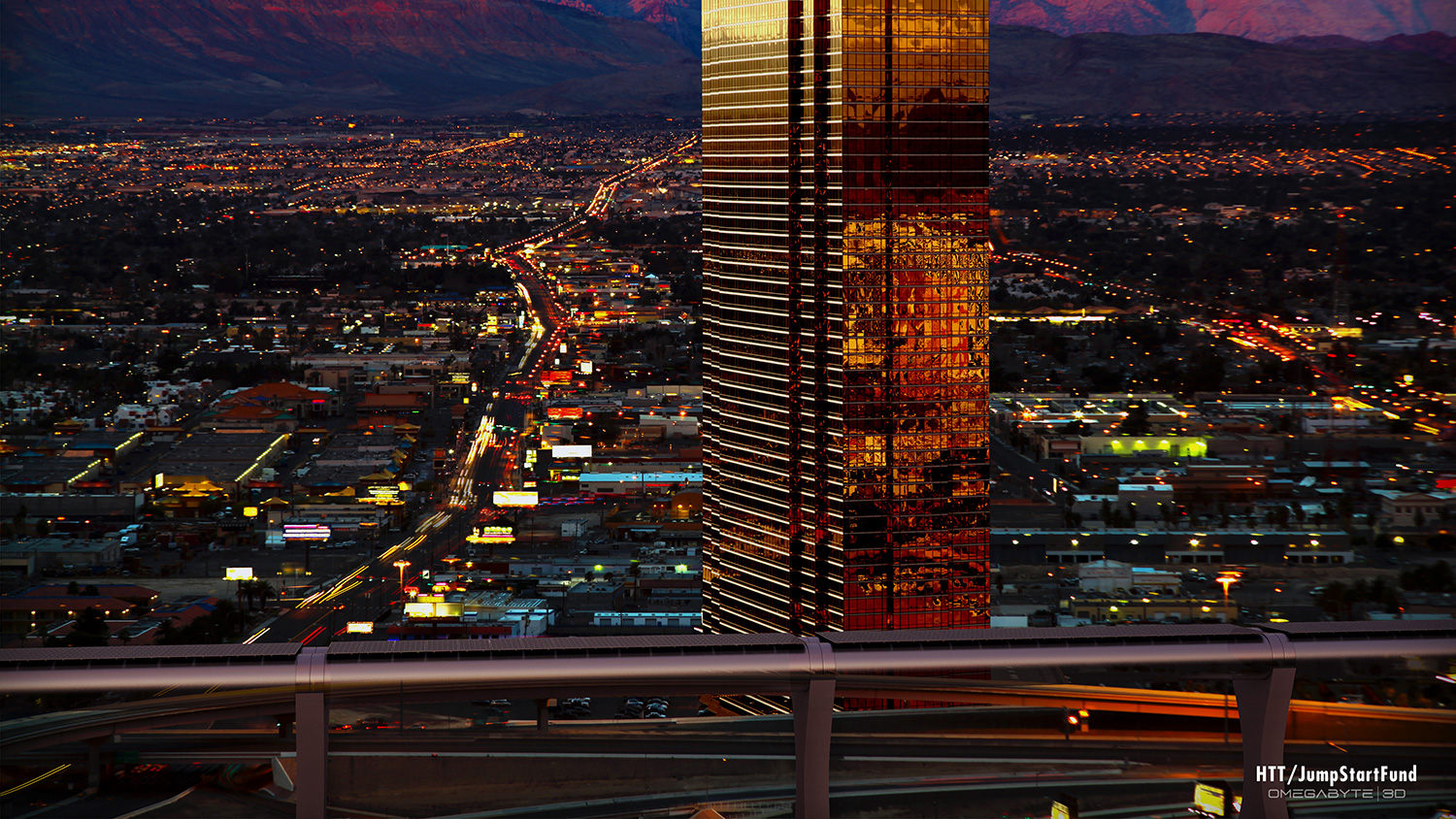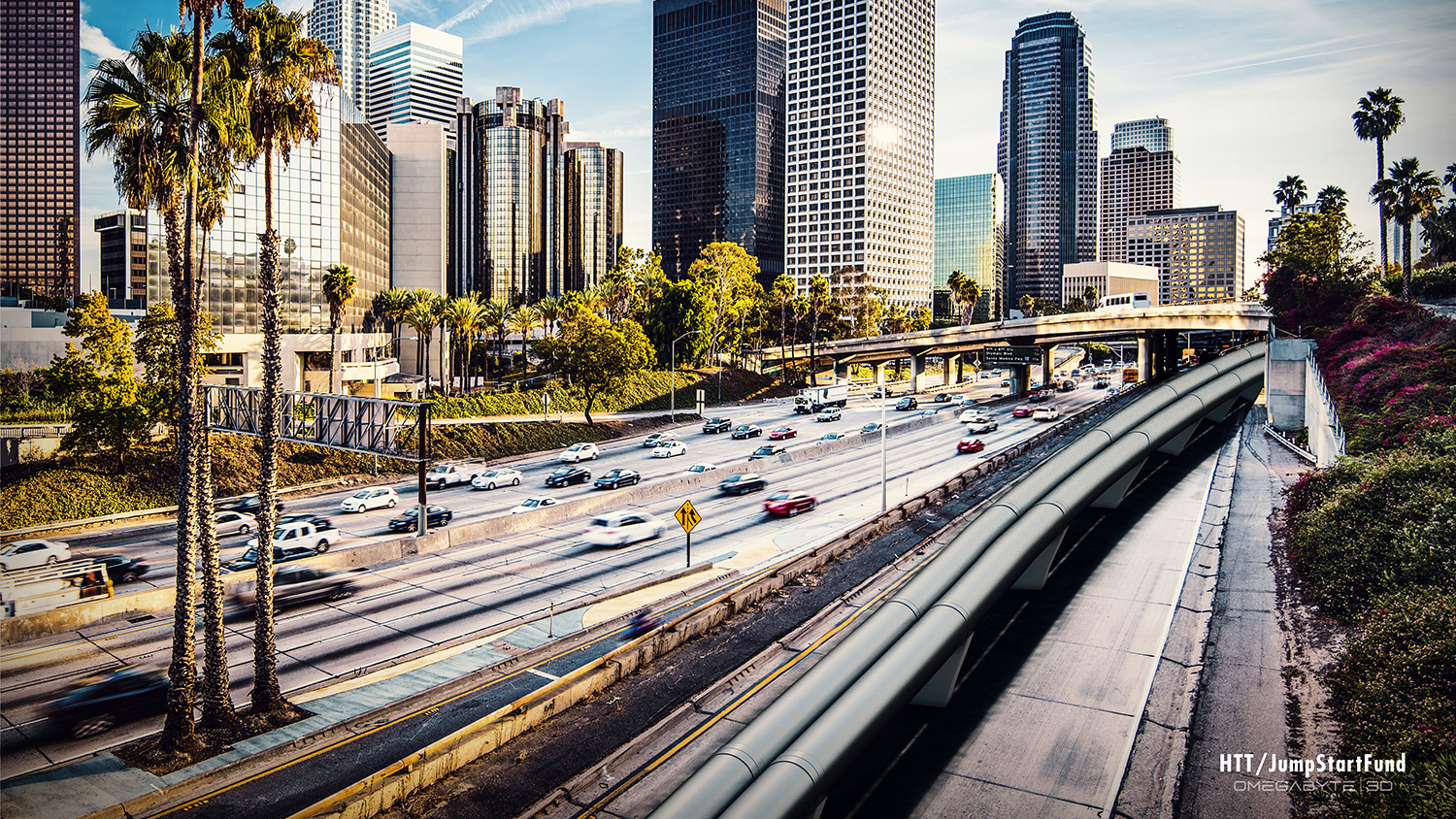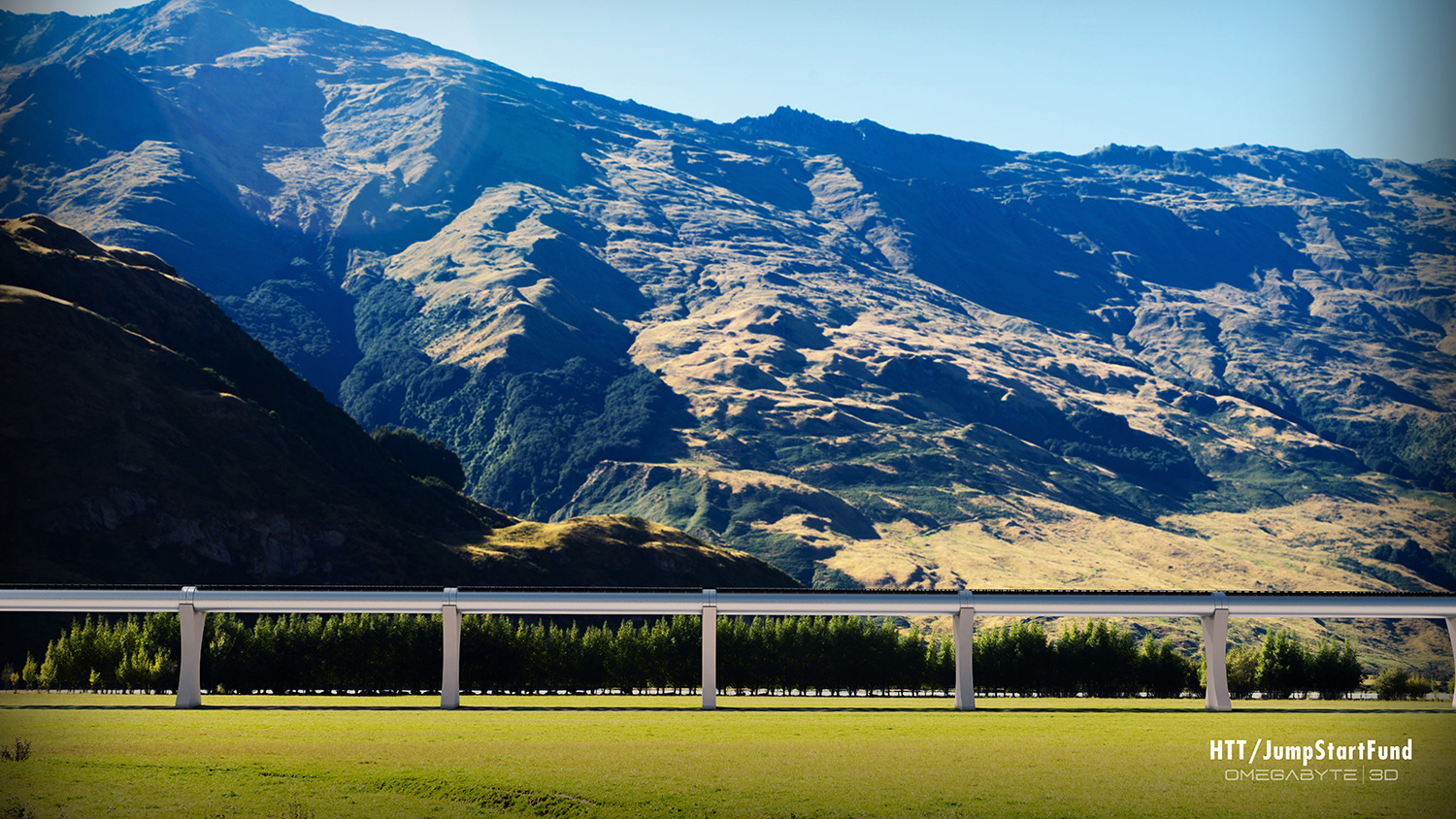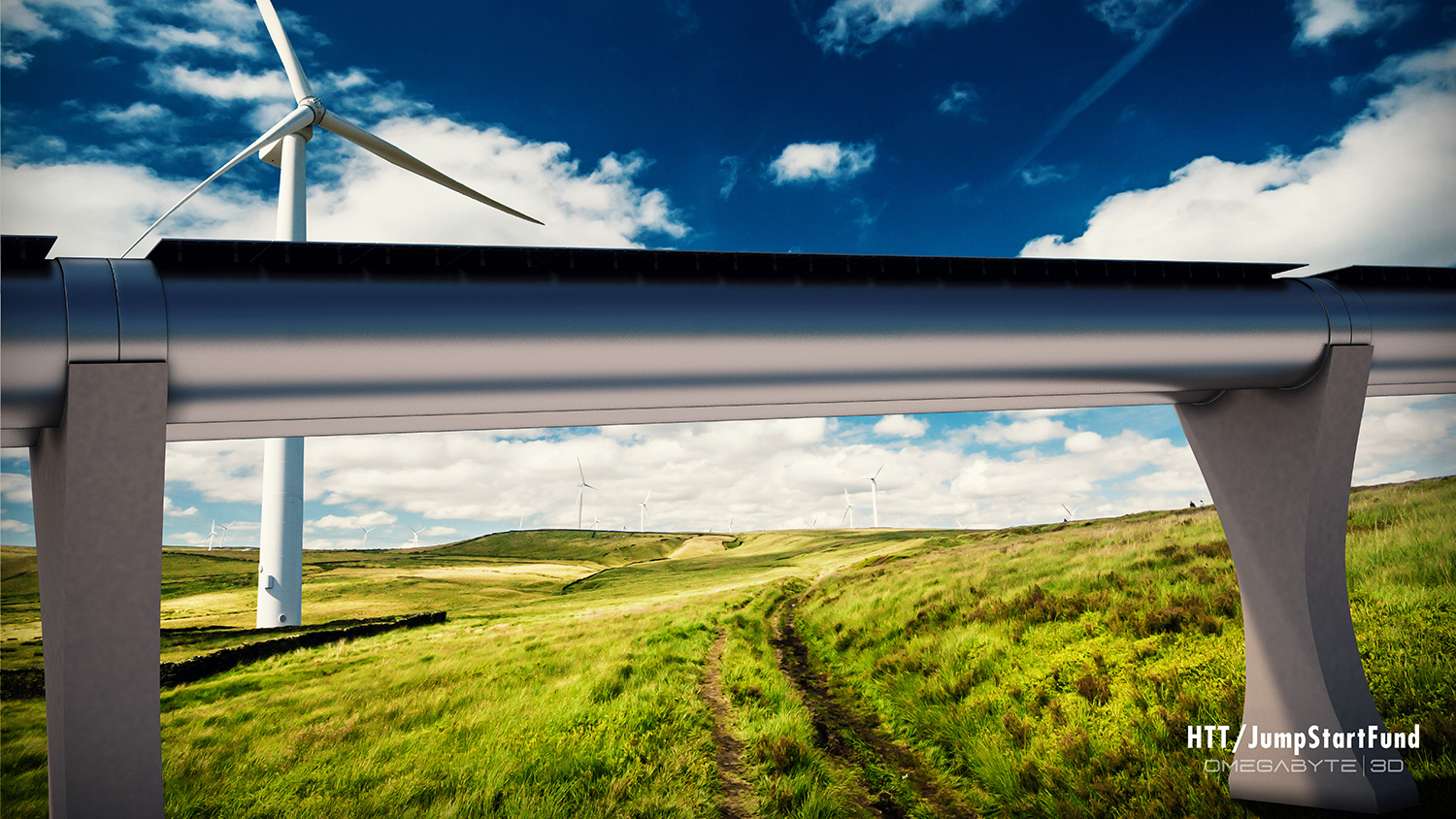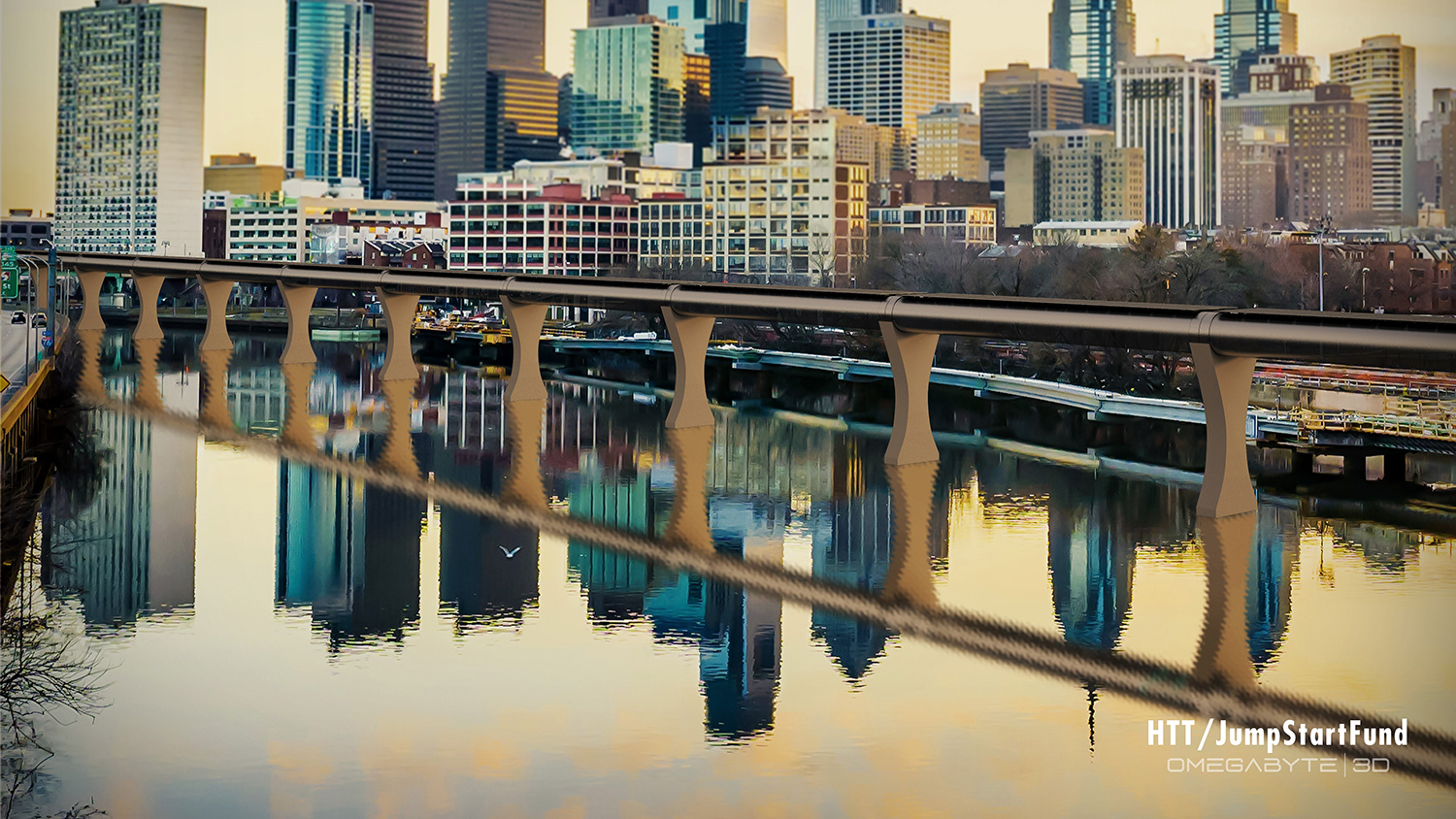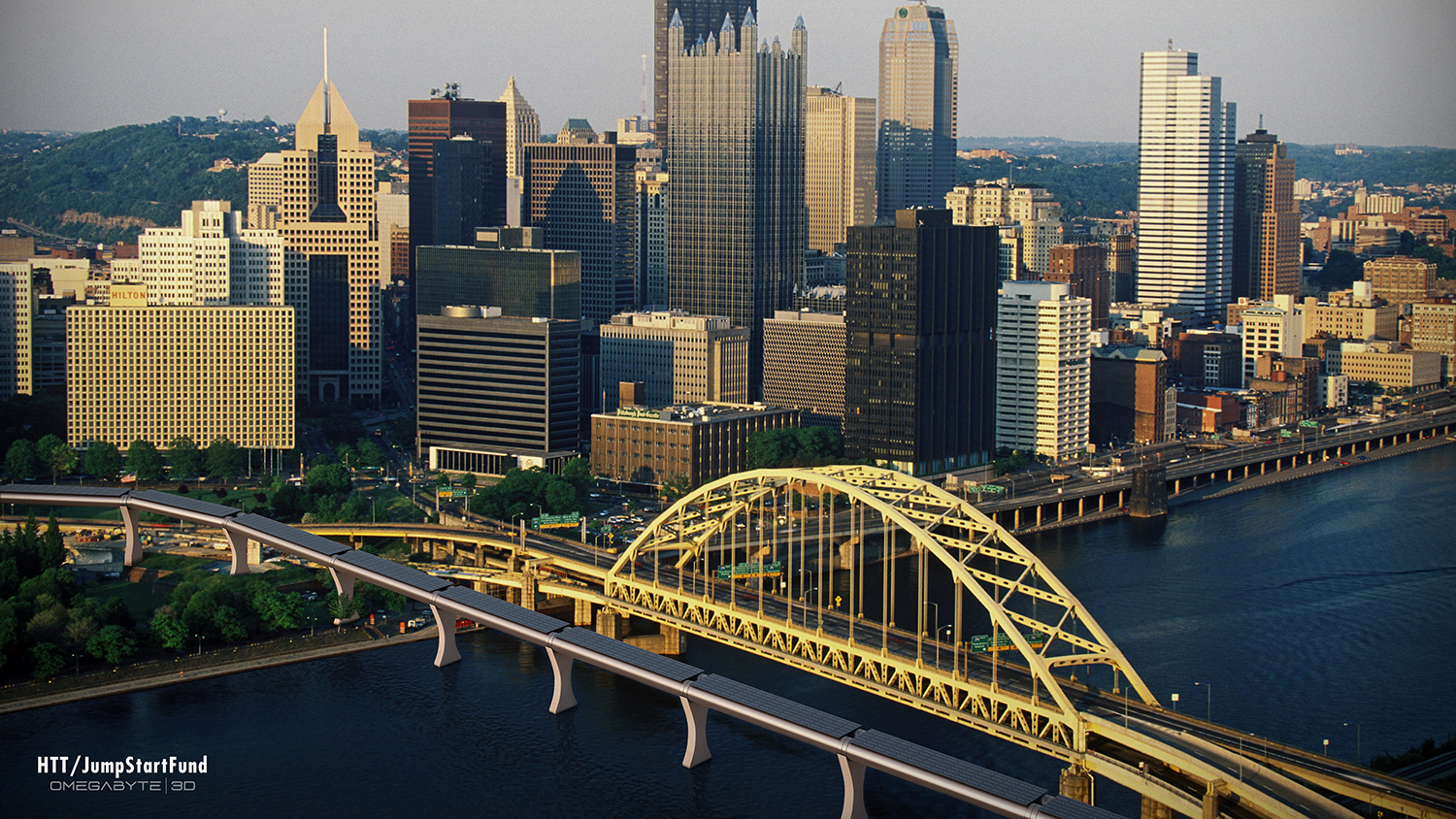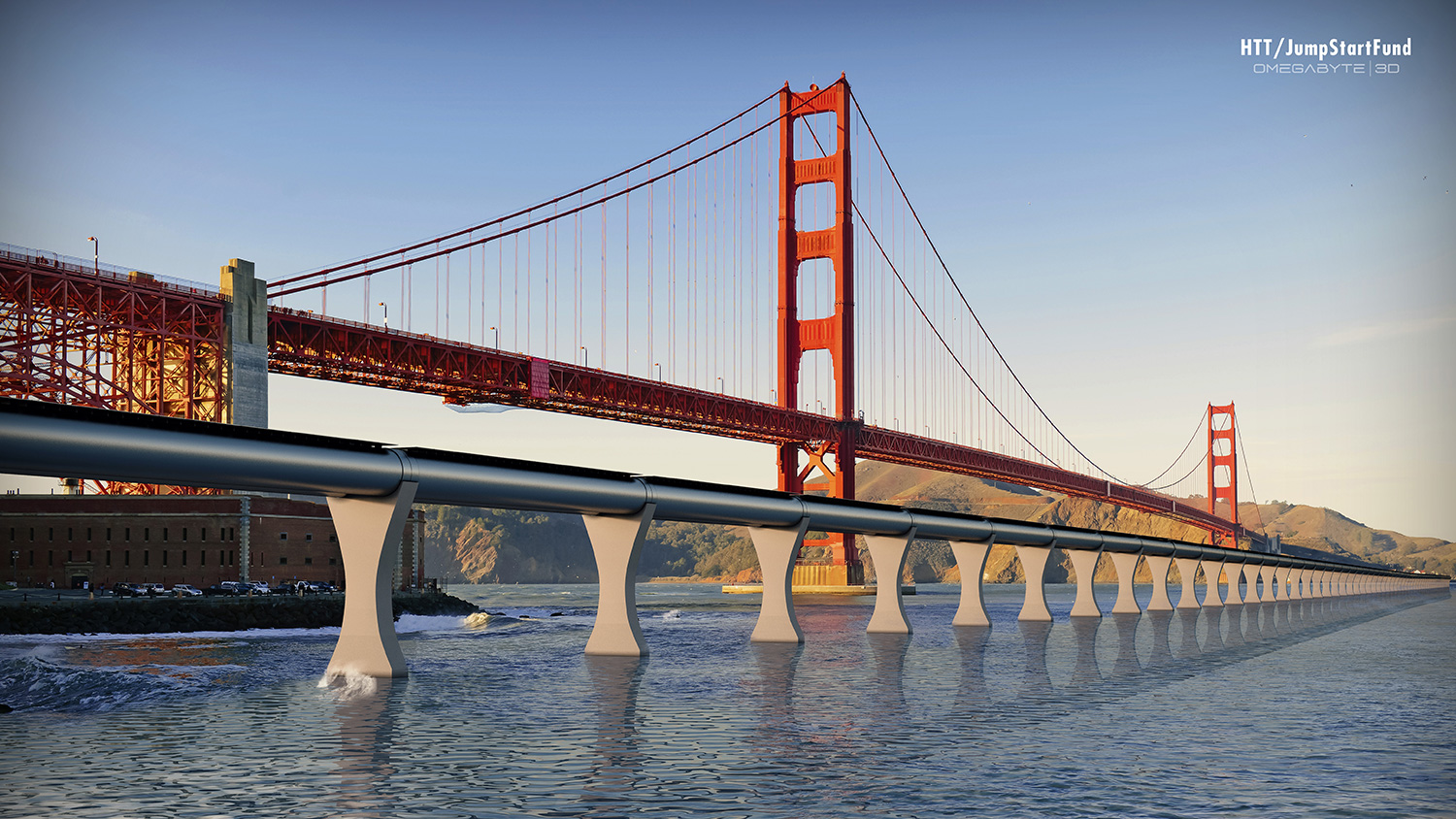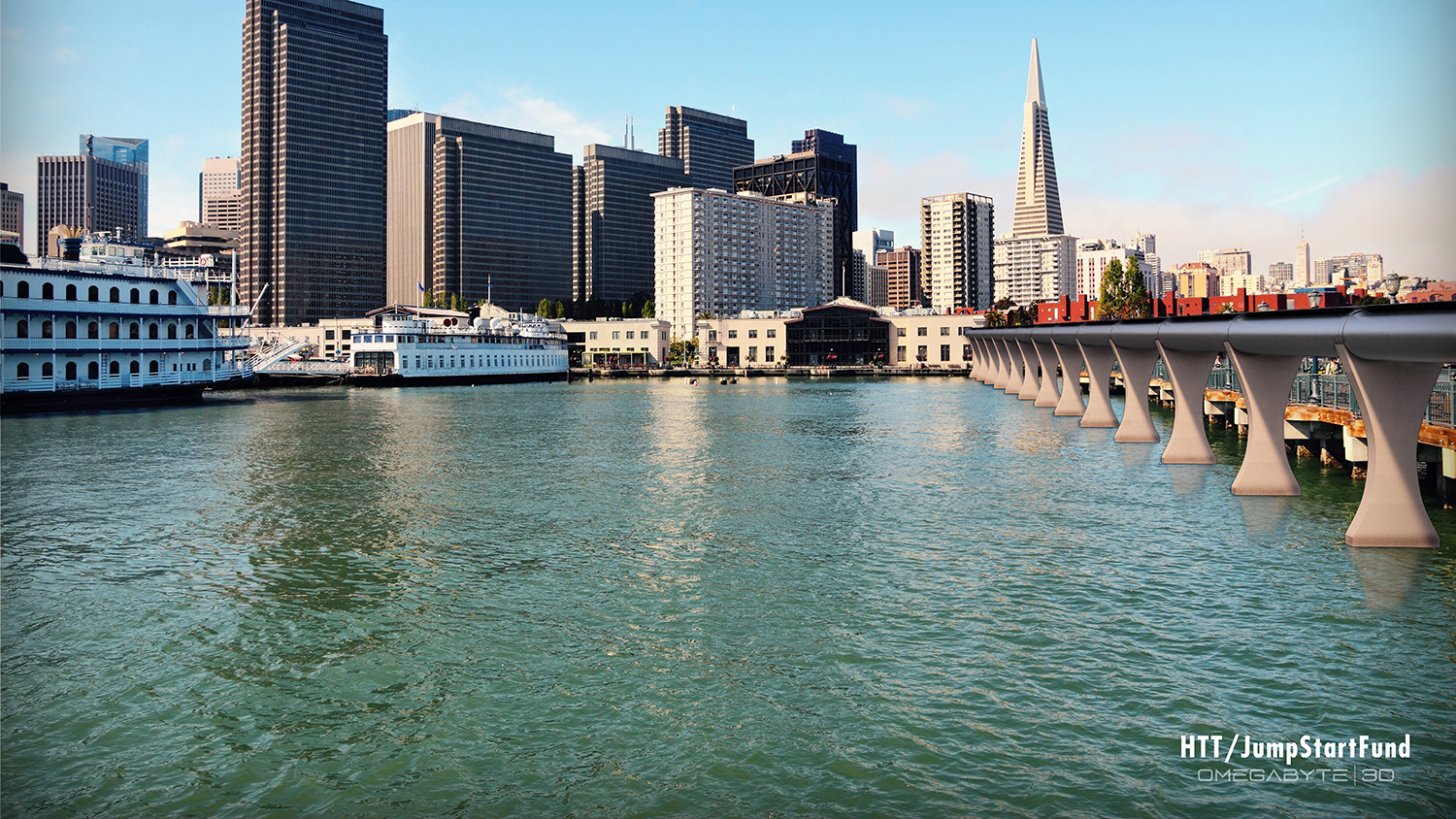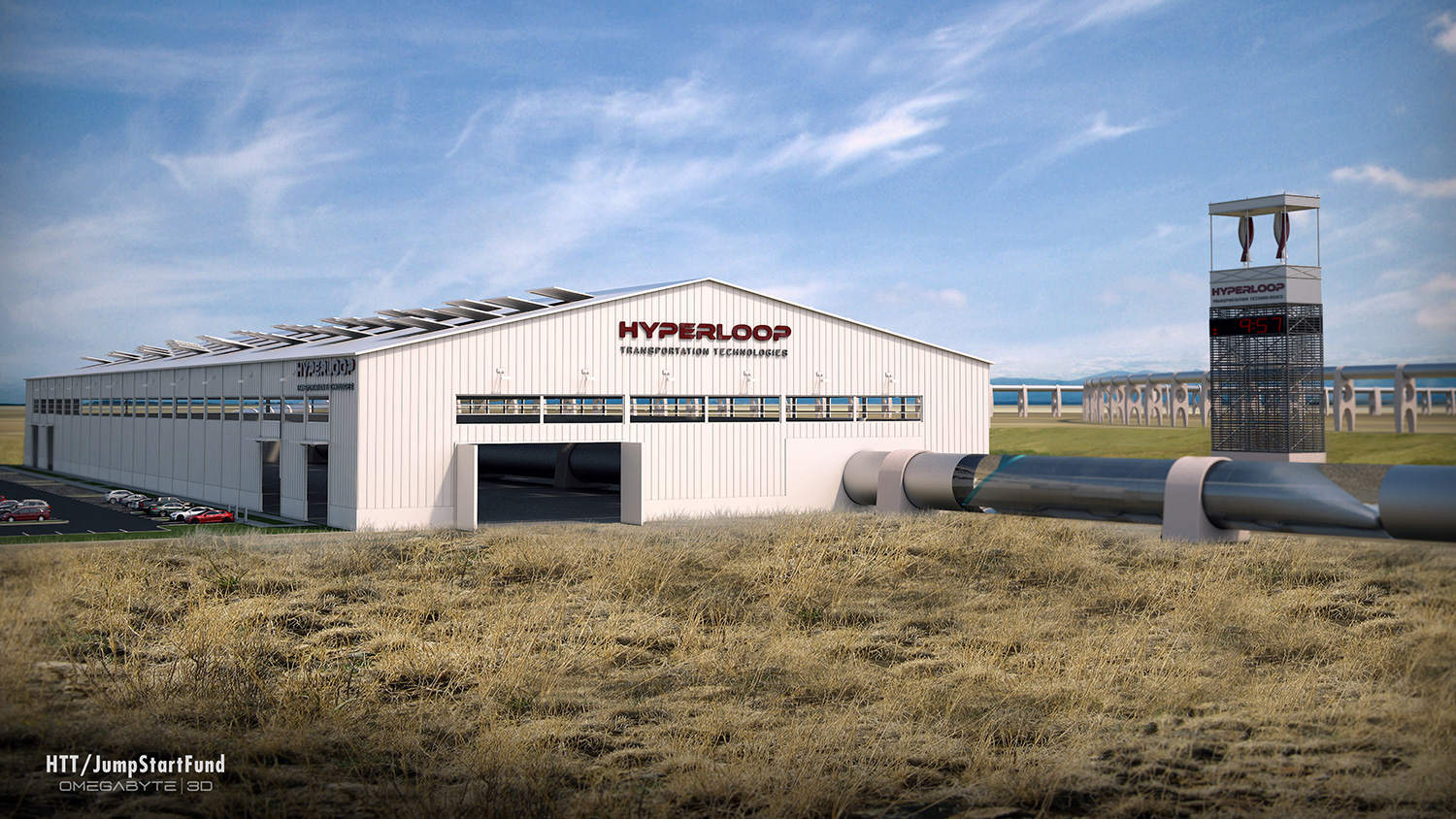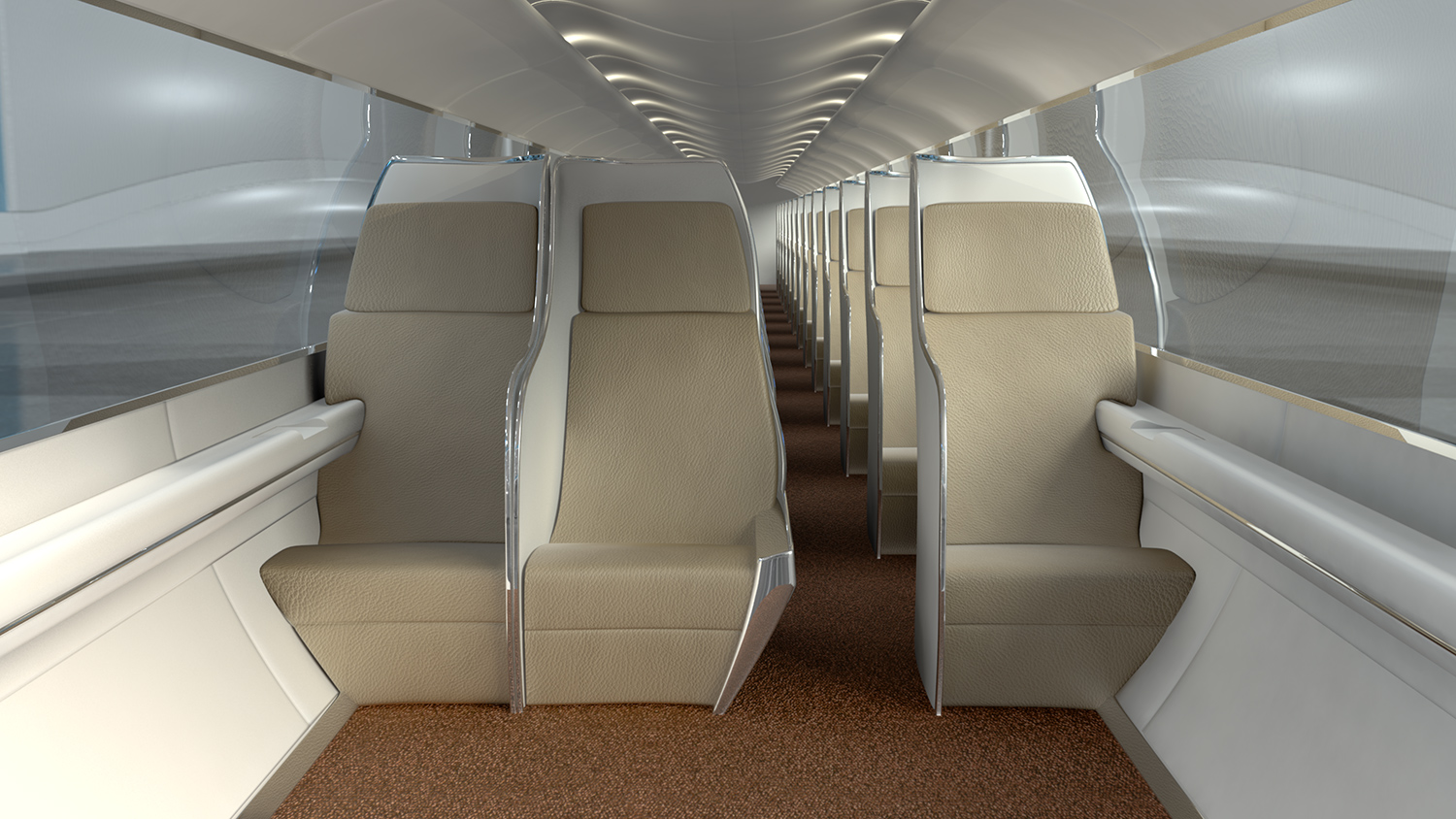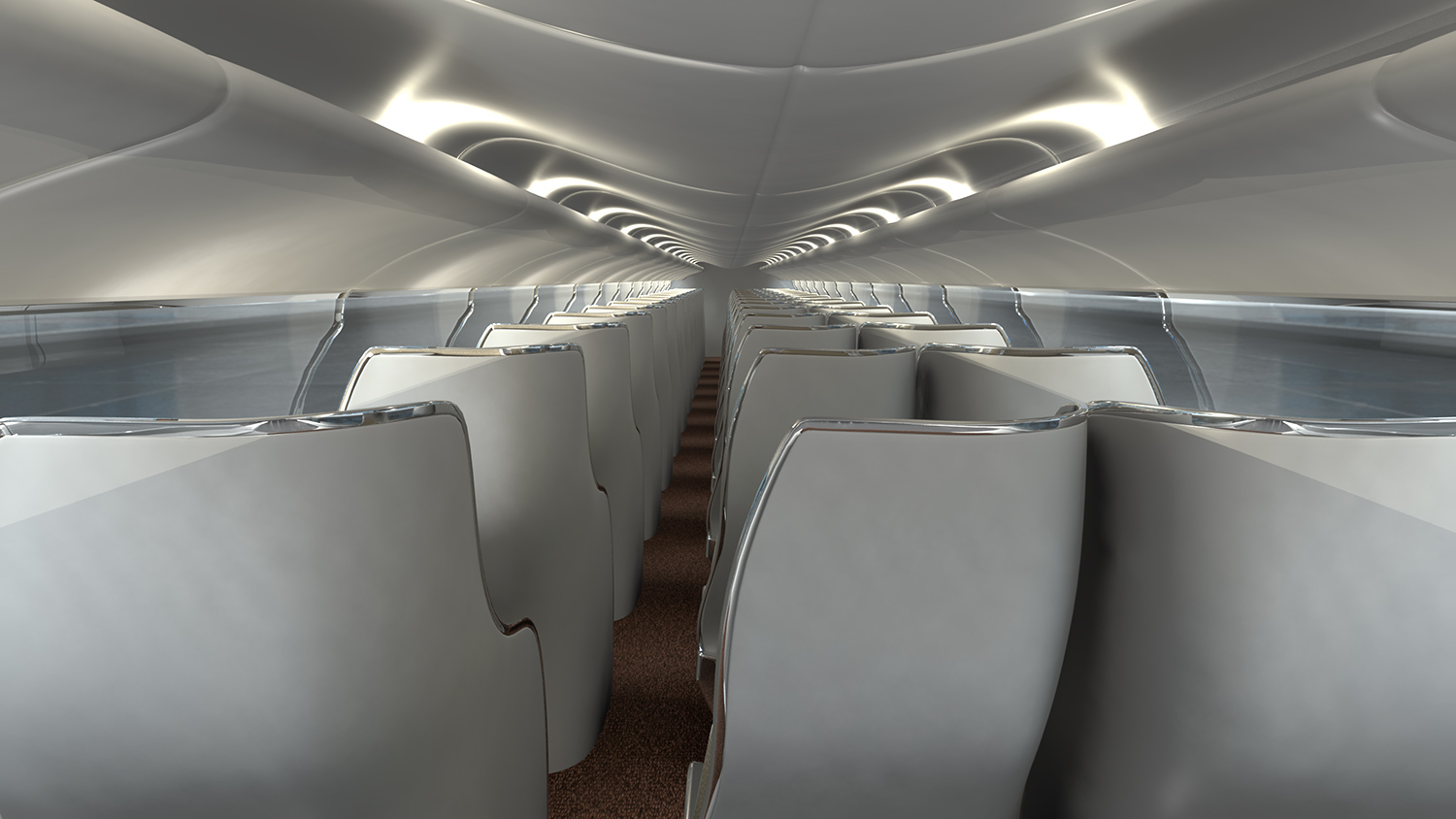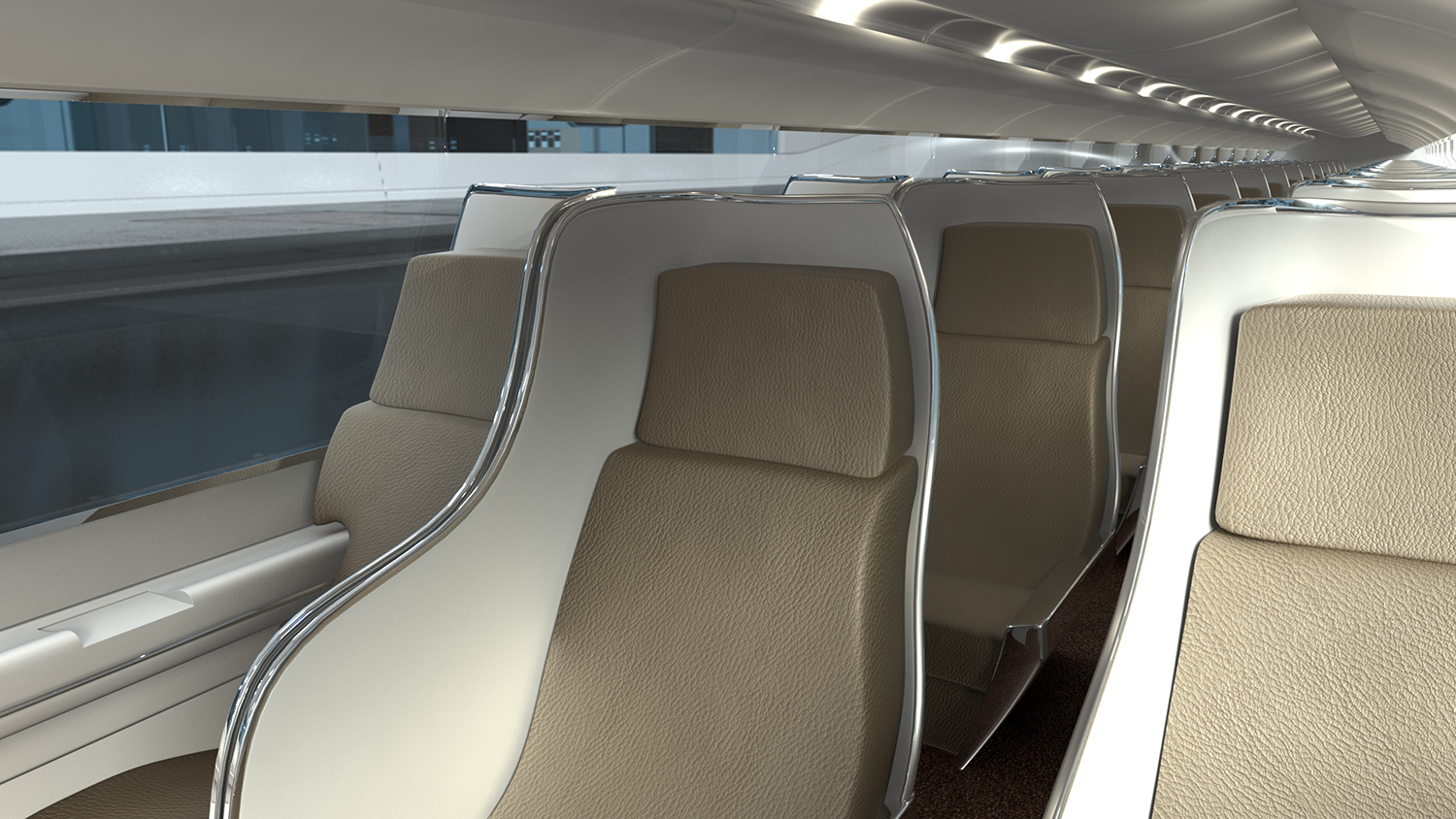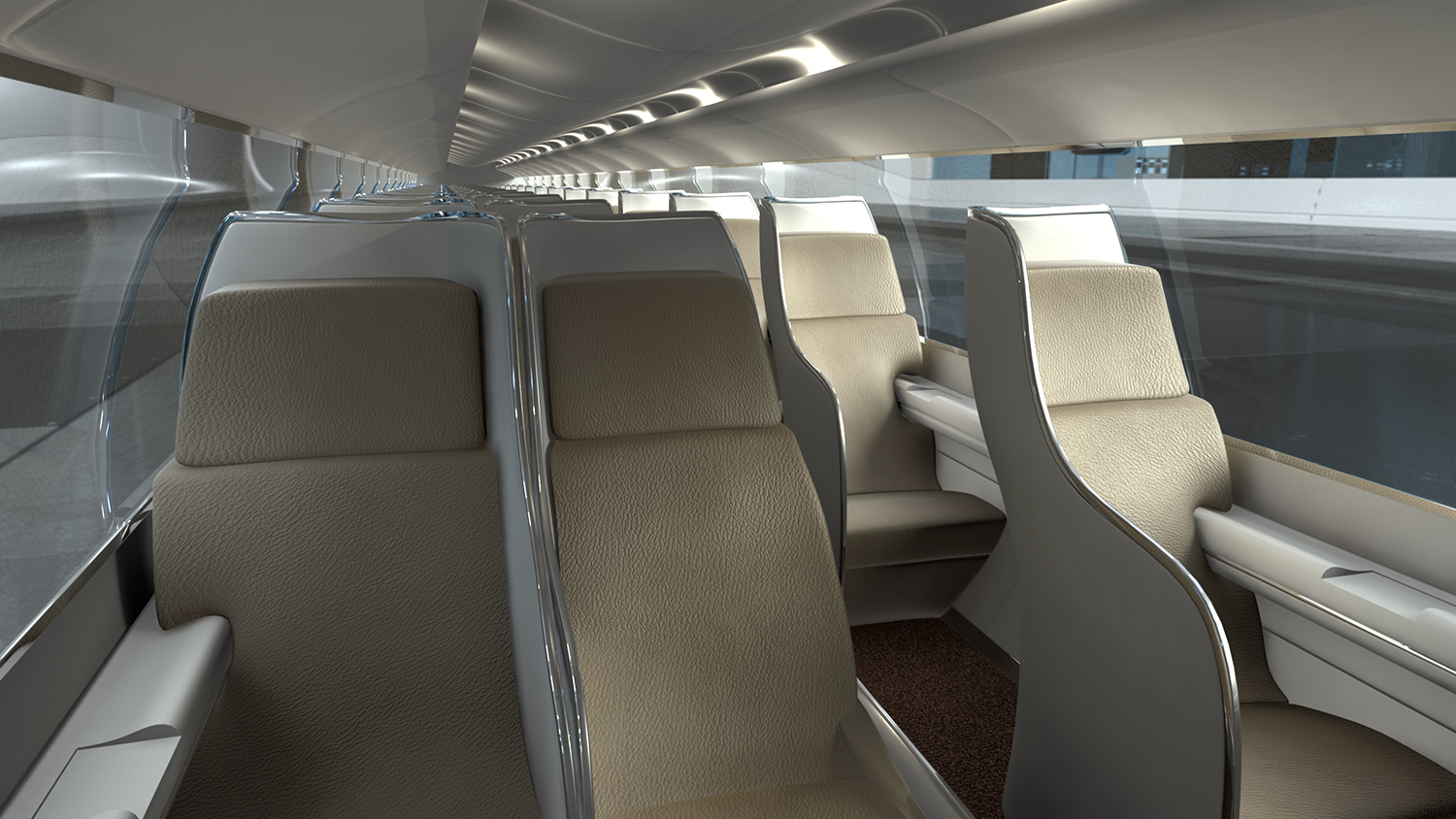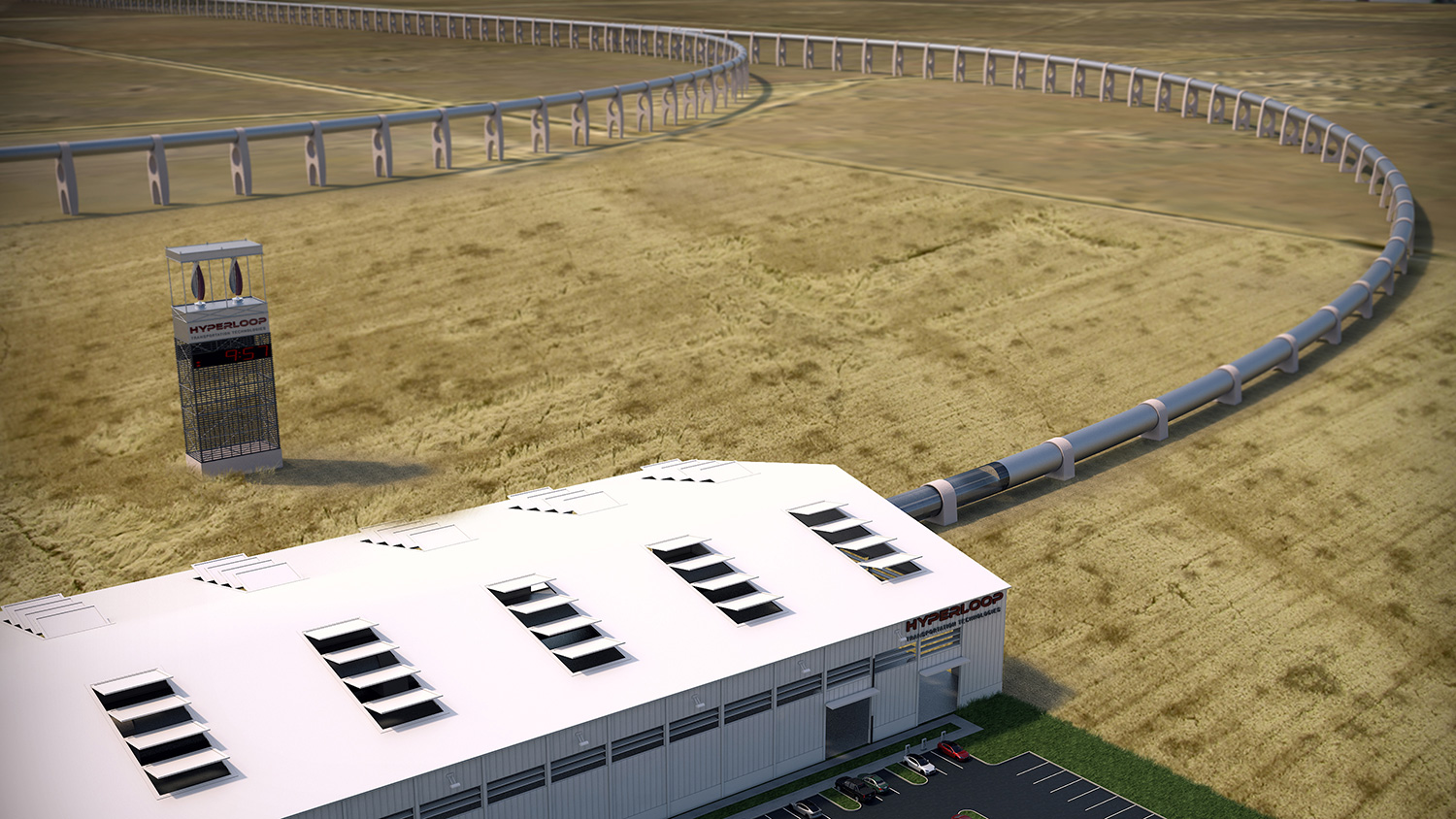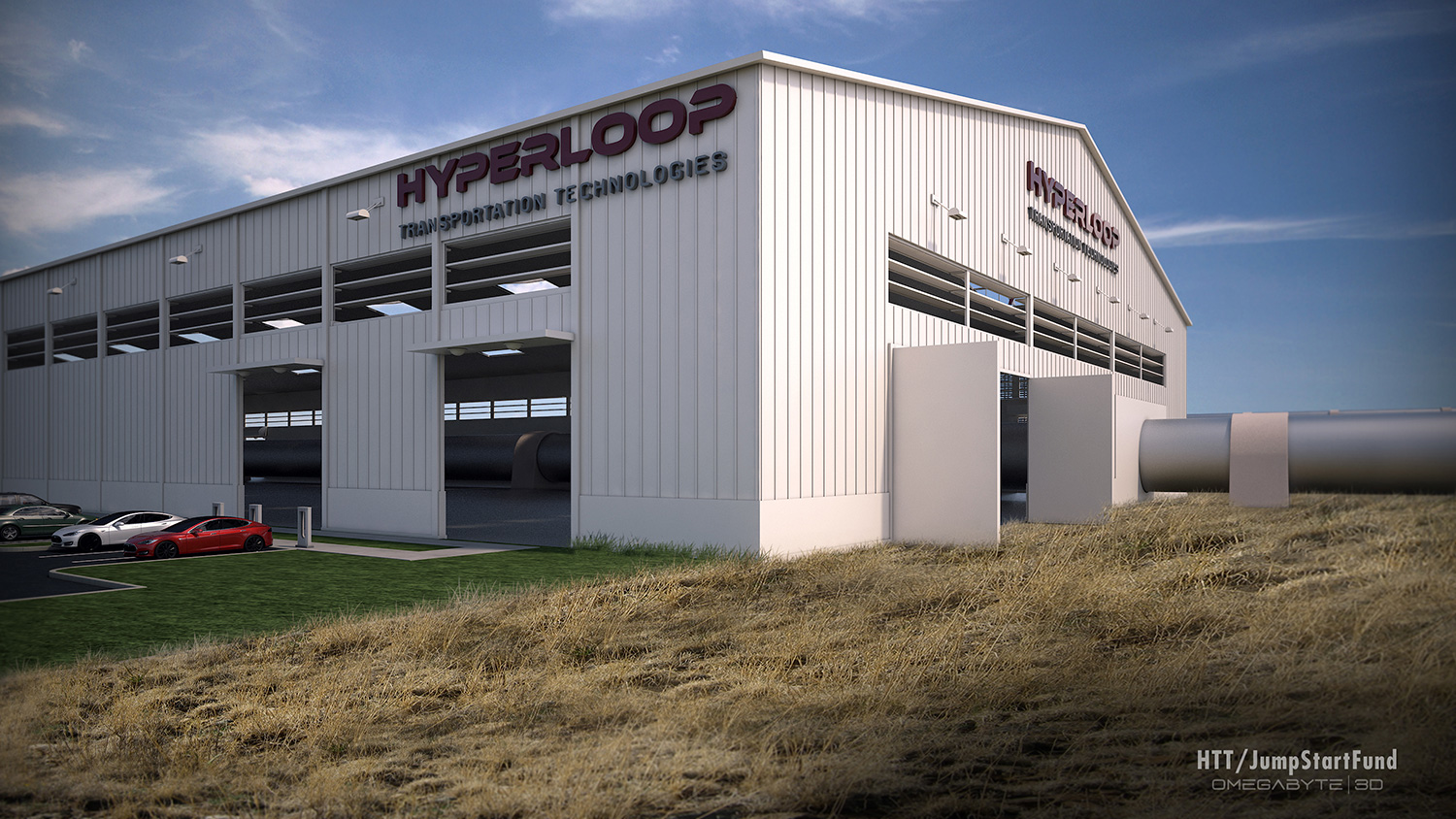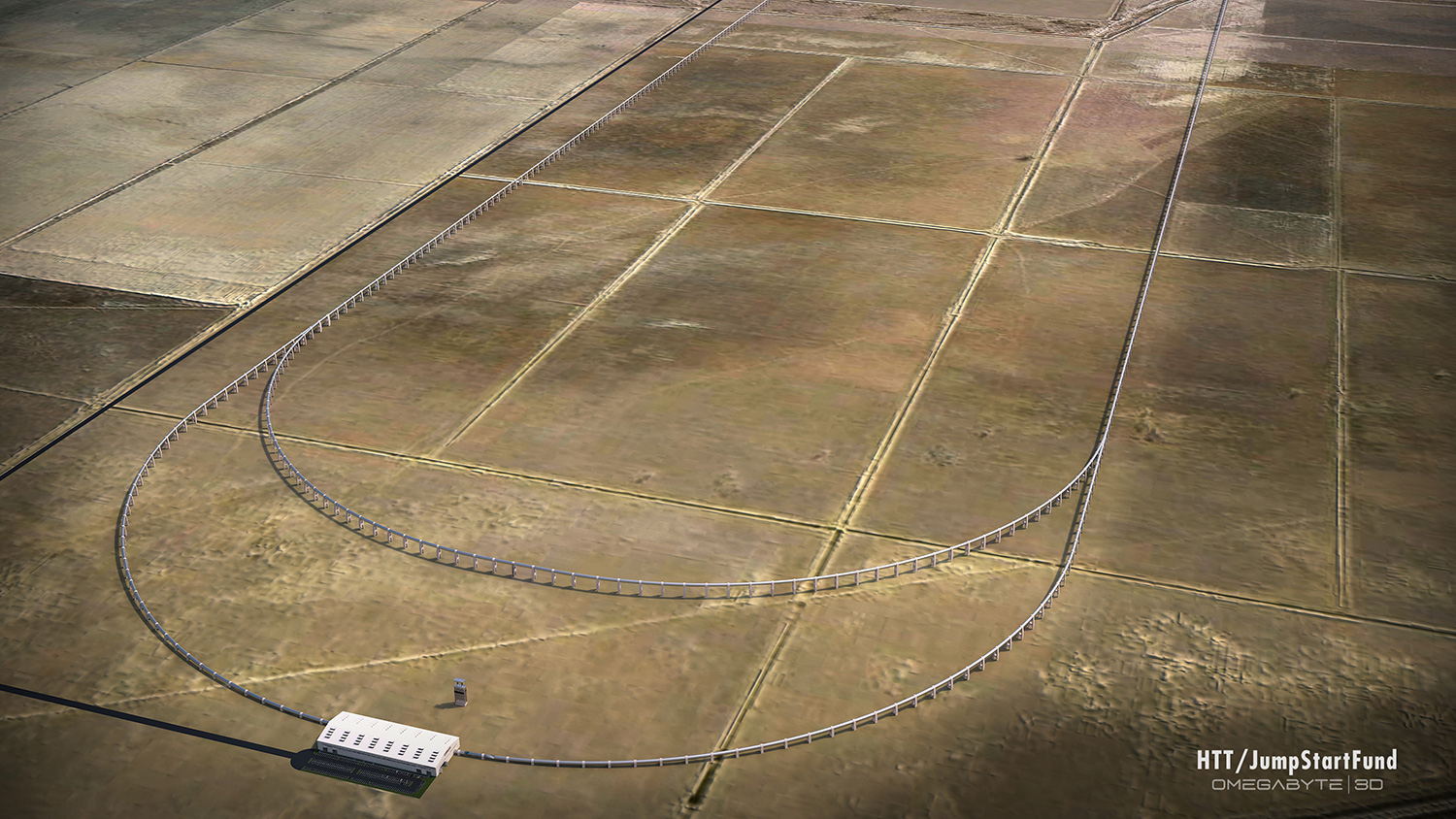
This interview originally ran on Digital Trends’ Spanish-language sister site, Digital Trends Español, and has been translated for Digital Trends. To read it in Spanish, along with plenty of other awesome tech content, head over to DTES!
Born in Italy, Bibop Gresta describes himself as passionate about music and technology. He joined Hyperloop TT as COO in December 2014. Although he initially said the project did not seem interesting, after seeing a white paper and reading the notes from documents he saw, his interest perked.
At the eMerge conference in Florida this week, Gresta told Digital Trends Español all about the crazy project to shoot people through tubes with magnets at nearly 800 miles per hour. Wild!
DTES: How did you get involved with Hyperloop?
BG: We were at an event and we were asked if we wanted to be part of the Hyperloop project through crowdsourcing. My first reaction was laughter. I thought it was impossible. They sent me a file containing documents, but I didn’t open them for a month, thinking the whole thing was a dream. One morning, I decided to have a look at the documents. There was a lot of information and it bored me, but there was one document that caught my eye. It was a “white paper” with handwritten notes and big ideas.
The interesting documents included information from contacts at NASA and Boeing. After realizing this, I began to contact them and introduce myself. I told them about Hyperloop and all of them immediately wanted to participate, be part of the project, and help me. I was surprised.
DTES: When did you realize this project was possible?
“I think building a Hyperloop is about changing the way humanity conceives of transportation.”
BG: I know how to do it. I am very good at managing. I analyzed everything and told Dirk Ahlborn, CEO of HTT, that he was crazy, but I was even crazier. I told him that we could start it right away. Also, I said I would pay for the patents and the other initial investments to transform it into a real company, and I offered to create an organizational model. After two and a half years, we announced the building of an actual model of the Hyperloop in Northern California.
It is worth mentioning that there has been some confusion with the name of the company Hyperloop Technologies (funded by a former Space X engineer Brogan Ban Brogan) and the Hyperloop concept, by entrepreneur Elon Musk. In no way do these have any affiliation with Hyperloop Transportation Technologies.
DTES: Is there a legal dispute?
BG: Let’s say we would like to solve this amicably. If we can’t reach an agreement, then the lawyers will take over, as everything is a bit confusing.
DTES: In a few words, could you summarize how the Hyperloop functions?
BG: You take a tube with 28 people, then put that within a tube. You take the air out of the tube and we make it levitate with magnets. Because there is no resistance, we can make it move close to the speed of sound – 760 miles per hour.
DTES: Is it possible to make it go faster?
BG: It is possible. But for now, the speed is similar to flying in an airplane. A modern aircraft flies at 620 miles per hour.
DTES: What about safety?
BG: You will be in an enclosed space and the security systems are more secure than those used by the airlines. For example, there is a 0.07 percent chance of an accident with an aircraft for every 100 million passenger miles with the air industry. This means that every 3.75 years, a plane could be susceptible to an accident. We don’t accept this. We have many different ways to stop the Hyperloop before an accident can occur. You could potentially stop it within 5 miles. There are other emergency systems that allow us to stop it within 6.4 seconds. For humans, this is very safe.
DTES: What are the goals for the future?
BG: Hyperloop is not about speed but efficiency. The important thing about Hyperloop is how to produce energy. We can run on solar energy from the roof of the tube, and we can combine it with wind, kinetic, and geo-thermal energy. All of the combined energies can provide 30 percent of the energy we consume. This is incredible because we now have a practical system. No public transportation is this convenient. The government subsidizes all other modes of transportation; we are not.
DTES: What will be the cost to ride the Hyperloop?
BG: For us, the important thing is to innovate. Maybe a ticket is not the best way to monetize the passenger in the 21st century.
A passenger may be passive and others may be active. There are different ways to make money and also to contribute. For example, people can solve mathematical problems, ask questions, donate their time to help others, etc.
“I told them about Hyperloop and all of them immediately wanted to participate, be part of the project, and help me. I was surprised.”
DTES: Can people ride the Hyperloop for free?
BG: My goal is that you can travel for free and have a ticket to regulate traffic.
DTES: The release date is set for 2019. How is the project coming along?
BG: Everything depends on Kings County (California) and how long it takes to give us permission. Technically, we would be ready 38 months after the permit is granted. We are projecting it will be ready in late 2018 or early 2019. But we could start the trials before that. It is amazing. We will have a Hyperloop very soon.
DTES: Is there anything else that you would like to add?
BG: I think building a Hyperloop is about changing the way humanity conceives of transportation. Our transportation system is in crisis. We are trying to solve a problem that is key for humans. When you’re stuck in traffic, you’re wasting precious moments of your life. That time could be spent on other things like improving your career, studying, or simply just being with your loved ones. That is very important.
Updated on 4/25/2016 by Jeremy Kaplan: Updated with small corrections throughout.


